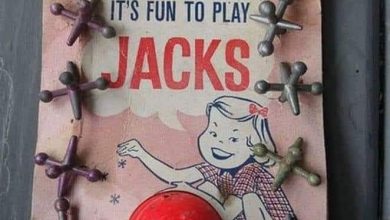The Timeless Elegance of Classic Car Interiors

ADVERTISEMENT
The Timeless Elegance of Classic Car Interiors
Introduction
Classic cars are more than vehicles; they are works of art that embody a golden age of automotive design. The image of the vintage dashboard reveals a blend of craftsmanship, innovation, and aesthetic appeal that modern cars often lack. With its striking deep red and cream colors, chrome accents, and tactile controls, this dashboard reflects a time when driving was as much about the experience as the destination. A journey inside these classics is a trip back to an era of elegance, precision, and timeless style.
The Artistry of Classic Car Interiors
The dashboard in the image is a testament to the craftsmanship that defined mid-20th-century automobiles. Made with durable metals and adorned with glossy finishes, the dashboard’s sleek, curved design draws the eye immediately. Its combination of bold red and soft cream creates a vintage contrast, exuding luxury and sophistication. The chrome accents on the knobs, levers, and instrument panel add an extra layer of refinement, reminding us of the meticulous attention to detail of that era.
The gauges and speedometer are prominently displayed, housed within a clean, easy-to-read design. Unlike modern cars with digital screens and touch interfaces, these analog dials offer a tactile, mechanical charm. Drivers could feel the precision with every turn of the knob or pull of the lever, creating a sense of connection with the machine itself. The switches and handles were built not just for function but for beauty, transforming mundane driving tasks into elegant rituals.
Driving Experience in the Golden Age
Owning and driving a car with such a dashboard was an immersive experience. It was a time when cars were more than transportation—they were statements of style, status, and individuality. The large steering wheel, visible in the image, gave drivers full control, emphasizing the mechanical nature of these vehicles. Every button and lever had a clear function, allowing drivers to feel involved and engaged in the driving process.
This era valued craftsmanship over convenience. The materials were durable and carefully chosen, making the interiors last for decades. Unlike the plastic-heavy interiors of today, vintage dashboards like this one were made of steel, polished to perfection, and sometimes even featured hand-finished elements. The gleaming surfaces reflect not only the physical quality but also the pride carmakers took in their work.
ADVERTISEMENT
Why Classic Interiors Endure Today
The dashboard in the image represents more than just nostalgia—it highlights a level of artistry that has inspired car enthusiasts, restorers, and collectors around the world. Vintage cars have become prized possessions, not only for their aesthetic beauty but for their historical significance. These interiors remind us of an age when the automobile industry prioritized design and durability, creating cars that could stand the test of time.
Classic car interiors are also a symbol of simplicity and authenticity. Without the distractions of modern technology, driving a car like this allowed for a pure, uninterrupted experience. Modern restoration projects aim to preserve these interiors, recognizing their cultural value and mechanical ingenuity.
Conclusion
The vintage car dashboard in the image stands as a symbol of timeless elegance, craftsmanship, and functionality. It reflects a bygone era when cars were built to be admired and cherished, not just driven. The combination of bold colors, chrome finishes, and mechanical precision transports us back to a time when driving was an art form. These classic interiors continue to inspire us, reminding us of the enduring beauty of design and the unmatched charm of a simpler, more stylish age. For car lovers and history enthusiasts, dashboards like this represent not just vehicles but cherished memories and symbols of timeless innovation.




